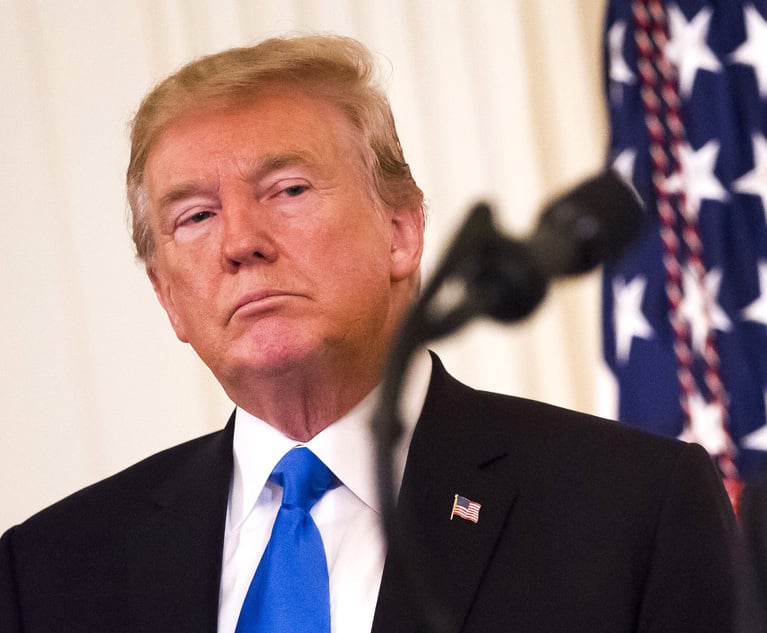This year marks the 60th anniversary of Law Day, which was first established by President Dwight D. Eisenhower in 1958 as “a day of national dedication to the principles of government under law.” This year’s theme as proposed by the American Bar Association is “Separation of Powers.”
Too often, we take our form of government for granted, not fully appreciating its unique and exceptional qualities. The framers of our Constitution, having revolted against tyranny, bequeathed to the nation, and to us as its citizens, a form of government with checks and balances intended to assure that we would never, as a nation, be subject to the abuses we experienced as a colony under a monarchy. The checks and balances are reflected in the separation of powers among the legislative branch (Congress), the executive (the president) and the judicial (the courts). They are enshrined front and center in the Constitution: Article I provides that all legislative powers granted in the Constitution are vested in a Congress, consisting of a Senate and House of Representatives, Article II vests the executive power of the United States in the president, and Article III vests the judicial power of the United States in one Supreme Court and other “inferior courts.” To assure the independence of the courts, the Constitution provides that federal judges hold office “during good behavior,” and that their compensation may not be diminished during their continuance in office.


 Linda Leali, partner with Linda Leali P.A.
Linda Leali, partner with Linda Leali P.A.




